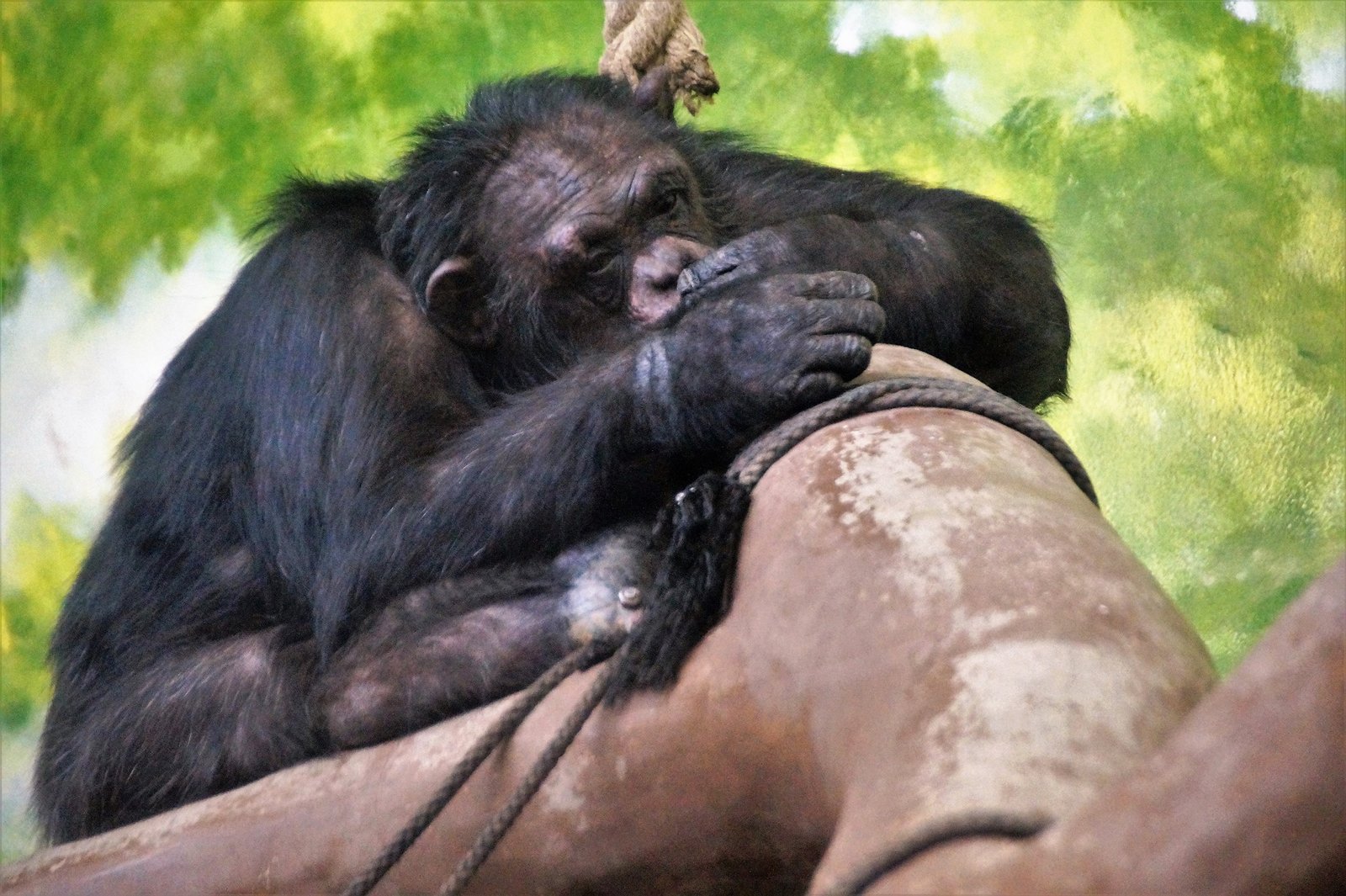The World Wide Fund (WWF) for Nature’s latest report says that wildlife trade and deforestation have caused more human-animal interaction resulting in the emergence of new zoonotic disease outbreaks.
The report has called for urgent global action to address the key drivers which will cause future zoonotic disease outbreaks.
New Zoonotic Disease Outbreaks : Report’s Key Findings
Key findings of the latest report titled ‘COVID-19: Urgent Call To Protect People And Nature
- In recent decades, people have increasingly encroached upon the natural world, resulting in escalating levels of contact between humans, livestock and wildlife.
- As a result, the frequency and number of new zoonotic diseases, originating in animals and transmitted to people, has risen drastically over the last century.
- Every year, around three to four new zoonotic diseases are emerging.
- These new diseases pose a grave threat to human health, causing deadly pandemics including HIV/AIDS, Severe Acute Respiratory Syndrome (SARS), and most recently COVID-19.
Environmental Factors
Environmental factors driving the emergence of zoonotic diseases include trade and consumption of high-risk wildlife, land-use change leading to deforestation and conversion, expansion of agriculture and unsustainable intensification and animal production.
Since 1990, 178 million hectares of forest have been cleared, which is equivalent to the size of Libya, the 18th largest country in the world, and around 10 million hectares of forest are still being lost each year through conversion to agriculture and other land uses,” the report said.
Recommendations
We must urgently recognise the links between the destruction of nature and human health, or we will soon see the next pandemic.
Curb the high-risk trade and consumption of wildlife, halt deforestation and land conversion as well as manage food production sustainably.
All these actions will help prevent the spill-over of pathogens to humans, and also address other global risks to our society like biodiversity loss and climate change.
Exact Origins of COVID-19 Still Unknown
Questions remain about the exact origins of COVID-19, but all available evidence suggests that it is a zoonotic disease (a disease transmitted from animals to humans), the WWF said.
The report, however, said addressing high-risk wildlife trade and consumption in isolation will not be enough to prevent the next pandemic.
The COVID-19 crisis demonstrates that systemic changes must be made to address the environmental drivers of pandemics.
One Health’ approach
The WWF is advocating a ‘One Health’ approach linking the health of people, animals and our shared environment and wants this to be included in decision making on wildlife and land use change. It also suggested that this should be incorporated within all business and financing decisions, particularly related to global health.
How do germs spread between animals and people?
According to the CDC, germs spread between animals and people through these these means:
Direct contact: Coming into contact with the saliva, blood, urine, mucous, feces, or other body fluids of an infected animal. Examples include petting or touching animals, and bites or scratches.
Indirect contact: Coming into contact with areas where animals live and roam, or objects or surfaces that have been contaminated with germs. Examples include aquarium tank water, pet habitats, chicken coops, barns, plants, and soil, as well as pet food and water dishes.
Flea icon Vector-borne: Being bitten by a tick, or an insect like a mosquito or a flea.
Foodborne: Each year, 1 in 6 Americans get sick from eating contaminated food. Eating or drinking something unsafe, such as unpasteurized (raw) milk, undercooked meat or eggs, or raw fruits and vegetables that are contaminated with feces from an infected animal. Contaminated food can cause illness in people and animals, including pets.
Waterborne: Drinking or coming in contact with water that has been contaminated with feces from an infected animal.








